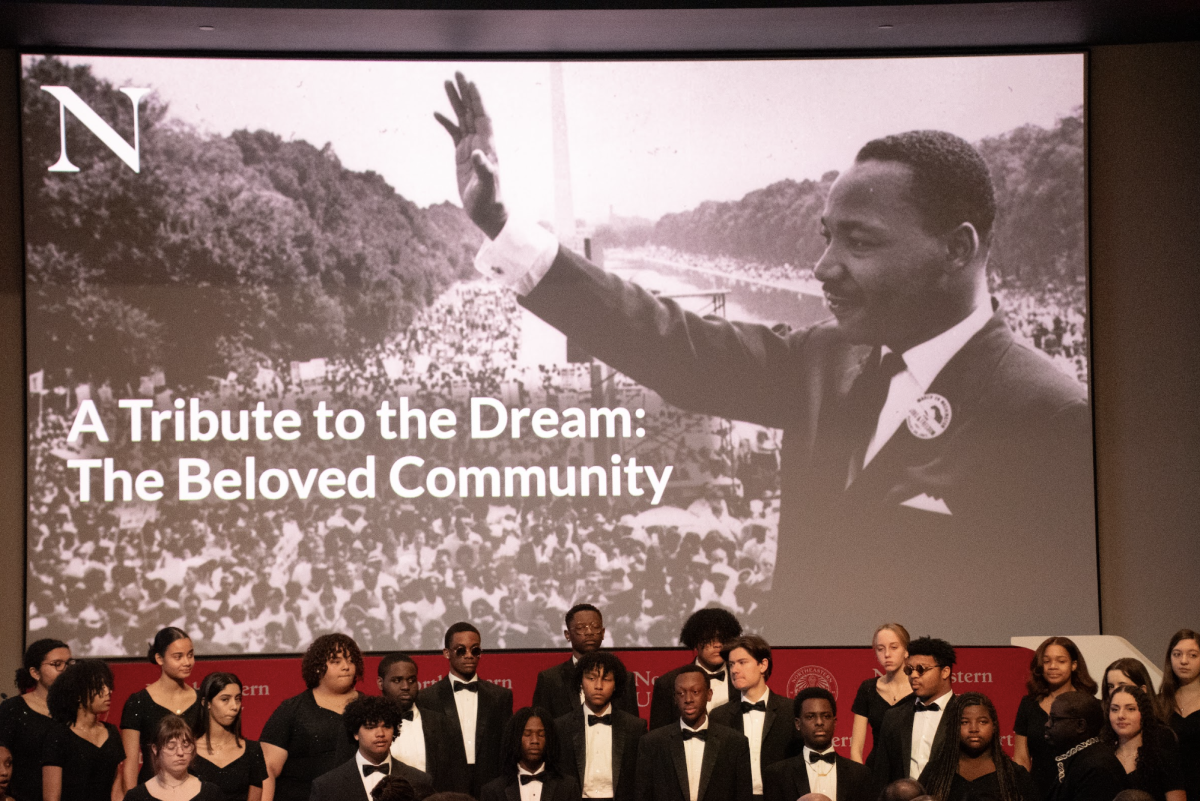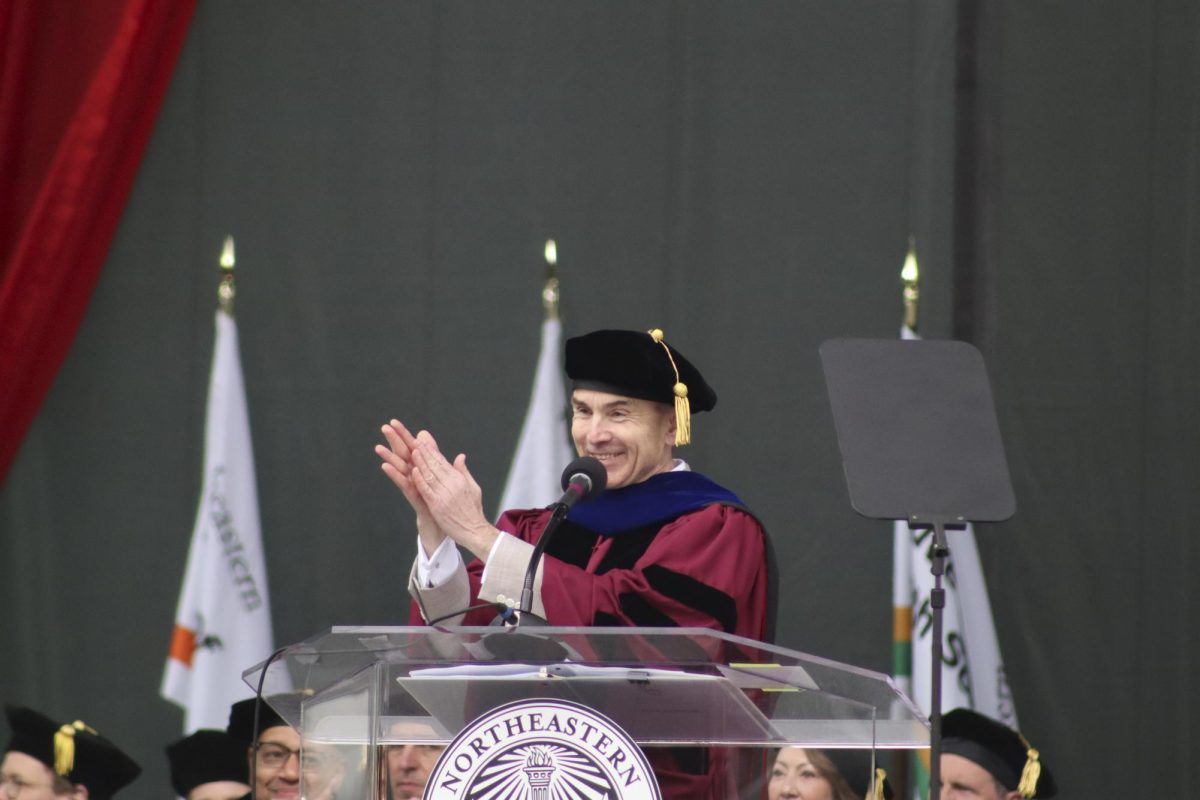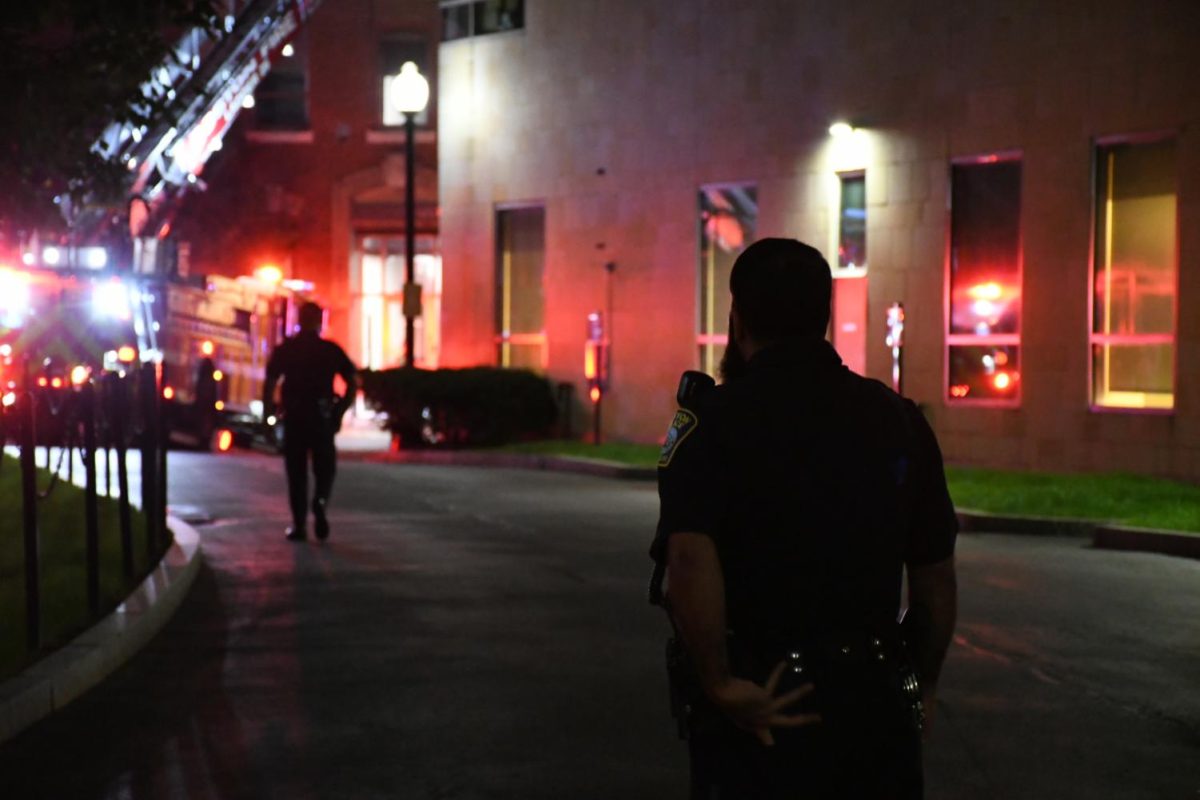By Laura Mueller-Soppart, News Staff
Boston City Council President Mike Ross publicly denounced Northeastern for the number of students has compromised long-time residents of Mission Hill, but property managers and residents have differing perspectives.
According to Michael Ross, Northeastern is to be denounced for failing to live up to its enrollment agreement in its Institution Master Plan of maintaining ‘approximately 15,000 students,’ by enrolling an extra 585students in fall 2009.
In a letter sent to the Boston Redevelopment Authority (BRA) on Jan. 7th, Ross, whose district includes Northeastern and Mission Hill, expressed a sense of urgency for the BRA to enforce the Institutional Master Plan ‘as it relates to Northeastern’s enrollment.’
‘Life-long residents of Mission Hill … [have been] evicted by landlords to make room for the overflow of students who’s collectiverent dwarfed those of the previous tenant,’ said Ross in the letter. Ross’ letter provides no source for this connection and his spokesperson was unavailable for comment.
Some active members of the Mission Hill community express a differing sentiment towards students living off-campus. Tiffany Livingston, office and property manager for Boardwalk Properties of Mission Hill, looks over 75 rental units. Livingstons said she has been renting in Boston since 2000, and has worked as a property manager for the last five years and said she has not noticed dramatic increase in prices; the rate is relatively flat.
‘There is plenty of affordable housing in the Boston area,’ she said. ‘Students are not displacing long time residents. Boston is a studentcity and real estate agents have become more clear about the realities for student and residents living in these demographically mixed areas.’
Khalid Lum, a junior at Northeastern, was living off campus in Roxbury from June to December 2009. Lum recently moved back on campus in search of a more traditional college social experience even though living off-campus was ‘massively cheaper.’
‘The number of students living off-campus is at most a disservice to the students leaving the university with a lack of a sense of community,’ he said, ‘I never had any issues with anyone [in the Roxbury community]; if we needed something, everyone was very friendly and normal.’
Samantha Colero, community director for Sociedad Latina, said shewitnessed the gentrification, or renewal and rebuilding, of Mission Hill, and its effect on the neighborhood.
‘The positioning of Northeastern buildings cut off the university from the community,’ she said. ‘Whittier apartment residents are forced to look into the luxurious International Village dining hall, while the students are never forced to look back in the same direction. A harsh line has been drawn.’
On university-wide days of service, students often collaborate with Sociedad Latina.
‘When the students want to volunteer, it’s difficult to be responsible for sending John Doe from rural Iowa into the projects without having the time to bridge the stark culture gap of city living,’ Livingston said.
Renata Nyul, director of public relations, said there has only been a 0.4 percent population increase in the past year and feels the university has maintained its provisions of the Institutional Master Plan. Nyul considers 15,585 enrolled students adhering to the provision of maintaining ‘approximately 15,000 students.’
This shift from students living on campus and moving off campus toneighborhoods such as Mission Hill began in the 1980s, according to Snell library archives. Northeastern promptly recognized the new tensions between students and the established communities by restructuring its Office of Community Affairs. Richard Johnson, president of the Community Alliance of Mission Hill, was one of these first Northeastern students.
‘I wouldn’t say we were urban pioneers, but the reality of living in Mission Hill today compared to nearly 30 years ago is starkly different,’ Johnson said. ‘Students now have a sense of entitlement, Mission Hill is a safe neighborhood today and conveniently located. The single greatest problem we face today is the trash the students produce.’
While any neighborhood is inevitably strained by such a highpercentage of transient residents, Johnson, who also rents out units to students, feels that the majority of the responsibility lies on the property managers.
‘It has to be a collaborative effort of everyone involved. If there isn’t any enforcement and it’s left alone on an honors system then there will be neglect and abuse. The city has to be involved and enforce accountability on the property owners, and then secondarily, the university,’ said Johnson.
While Ross and the university are part of the bureaucracy that oversees city management, Johnson views the rising number of students in the neighborhood as a result of economic values. ‘Landlord and property managers will also rent a studio to a couple rather than an individual because they have the ability to charge more for the space. The conflict with the community and residents is because this technique is being taken to a whole new level.’
‘- News Staff Lauren DiTullio cotributed to this report.








